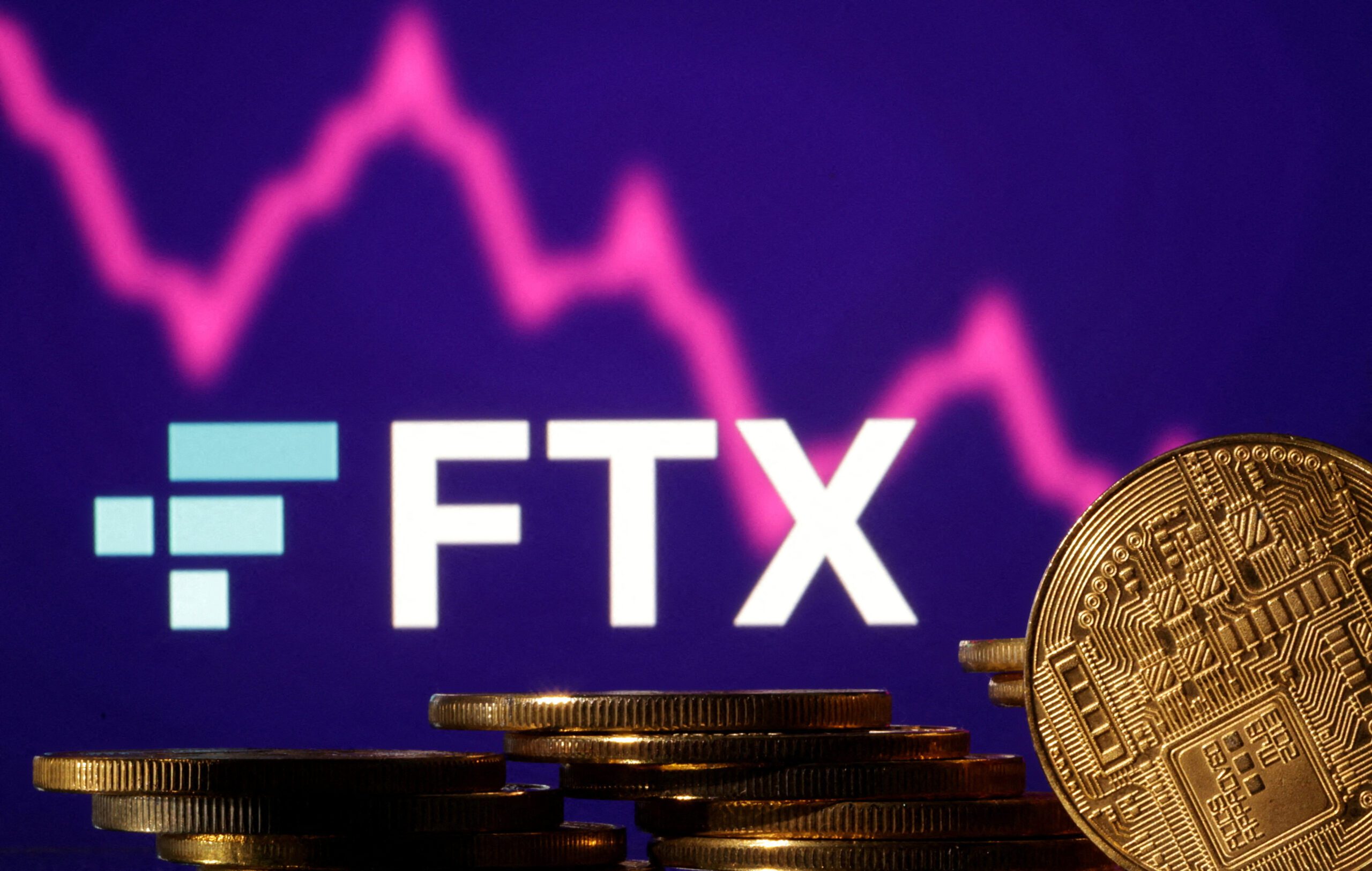In the ongoing saga of FTX’s bankruptcy, a range of strategies have been proposed to recover funds for creditors, from relaunching the failed exchange to tokenizing claims for trading. While these ideas have sparked debate and innovation, the road to resolution is far from clear, especially as regulatory scrutiny intensifies.
Since FTX’s dramatic collapse, creditors have been left grasping for ways to recoup their losses. Some have advocated for the exchange to be restarted, arguing it could generate revenue to pay back those who lost funds. Others have suggested a more radical approach: distributing claims as tokens in a new venture that creditors could trade. Decentralized marketplaces like Found.xyz and Figure Markets have even launched support for such tokenized FTX claims, a move that one crypto CEO described as “one of the most crypto things” he’s ever seen.
Despite these bold proposals, FTX’s leadership, under the guidance of CEO John Ray III and legal counsel Sullivan & Cromwell, has dismissed the idea of restarting the exchange. Their reasoning is straightforward—no investors are willing to provide the capital necessary to revive the offshore exchange. Instead, FTX’s current plan is to repay creditors in cash or U.S. dollar-pegged stablecoins, a move that has drawn criticism from some who prefer in-kind distributions, meaning repayment in the same type of cryptocurrency they originally lost.
Adding to the complexity, the Securities and Exchange Commission (SEC) recently entered the fray, warning FTX that it reserves the right to challenge the legality of paying back claims or profiting from the company’s remaining “crypto asset securities.” Although the SEC stopped short of declaring the plan illegal, it emphasized its intent to challenge any transactions involving crypto assets if necessary. Moreover, the SEC pointed out a significant gap in FTX’s plan—it fails to specify who would be responsible for distributing the stablecoins if that approach is approved.
The SEC is not alone in its concerns. The U.S. Trustee overseeing the bankruptcy has also objected to a provision in the plan that would protect FTX debtors from future legal actions by creditors. The Trustee argued that unless the plan explicitly denies a discharge for the debtors, the court should reject the proposal. This legal wrangling highlights the ongoing challenges in navigating the complex landscape of crypto bankruptcy.
Also Read: FTX Reorganization Plan Nears Approval – 99% Of Claims By Value In Favor
Meanwhile, the costs of FTX’s bankruptcy continue to soar. The administrative fees alone have surpassed $800 million, according to a recent tally by an X user known as Mr. Purple. This staggering figure underscores the financial burden the bankruptcy has placed on all parties involved.
As FTX’s bankruptcy proceedings drag on, the path to creditor recovery remains murky. While innovative solutions like tokenized claims trading offer a glimpse of what could be possible in the world of crypto, regulatory hurdles and mounting legal battles threaten to derail these efforts. For now, creditors can only watch and wait as the legal drama unfolds, hoping that the final resolution will bring some measure of relief.
Disclaimer: The information in this article is for general purposes only and does not constitute financial advice. The author’s views are personal and may not reflect the views of Chain Affairs. Before making any investment decisions, you should always conduct your own research. Chain Affairs is not responsible for any financial losses.





